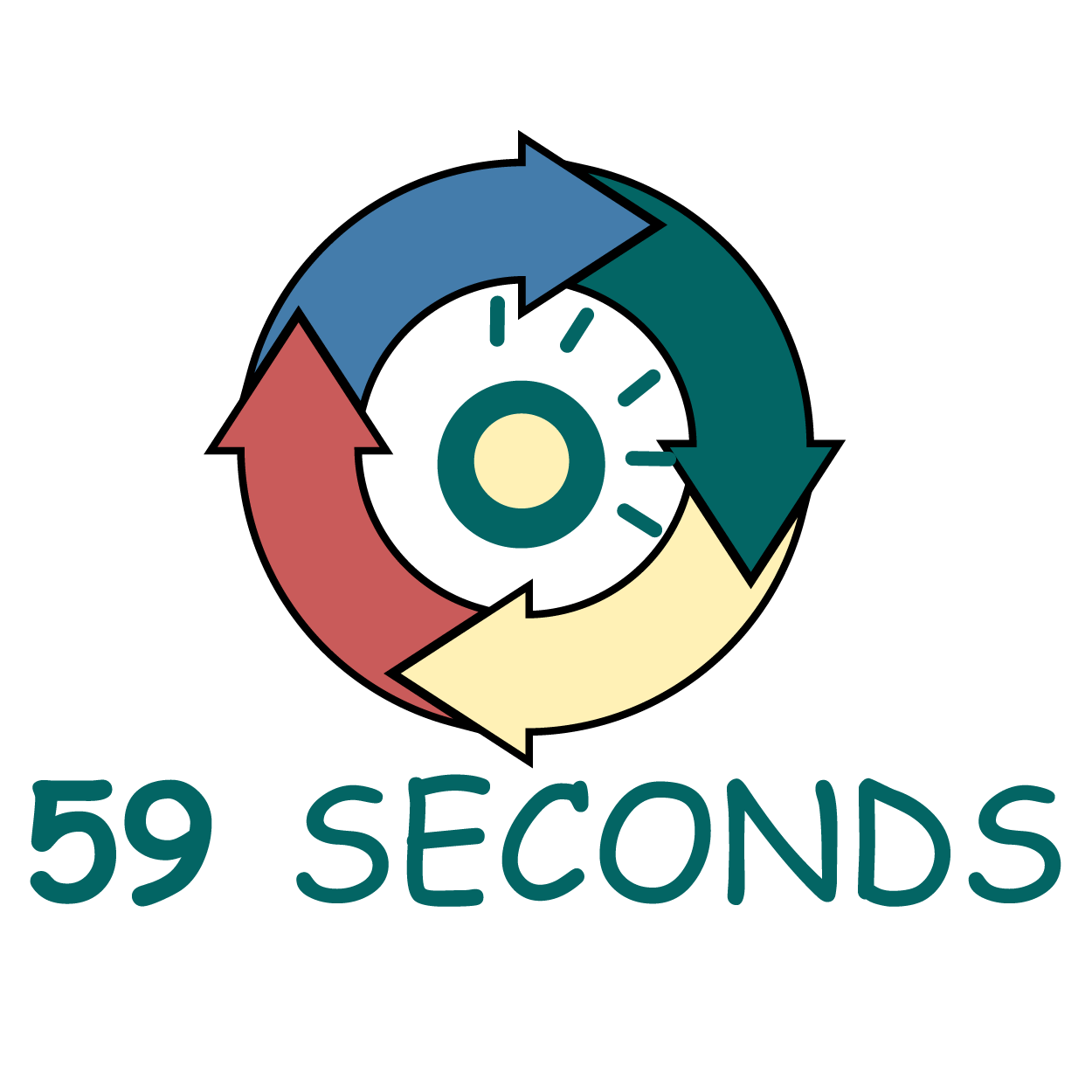Early Days in the Project: The First Two Sprints
No two teams will mesh at the same time or in the same way on any two projects. It is possible that the first sprint will be enough time for the team to form and get past any personality clashes (what Tuckman calls “storming”). However, this also depends on the length of the sprint – a two-week sprint is not going to give enough time for the team to start bonding, and two sprints might not be enough to get to “norming”, Tuckman’s stage where the team is working as a team and not a bunch of individuals.
Team Dynamics Tool: the Daily Standup
This 15-minute daily meeting requires each team member to make a brief comment on their work accomplished and what they plan to do before the next meeting. The Scrum Master should be able to pick up if any team member is feeling intimidated or uncomfortable, or is holding back on his real feelings about the Sprint. The brevity of the meeting gives just enough time for everyone to have their say without time for recrimination or blame.
Removing the Blame Factor: the Retrospective
The “blame game” can be quite pervasive in some company cultures and it is very destructive and counterproductive. Anyone can make a mistake; they must feel free to admit it and ask for advice in how to avoid the problem in the future without fear of victimization. This is where the Scrum Master uses the Retrospective to demonstrate that honesty and openness is valued (as it should be according to the Agile Manifesto), and that blame is not allocated to anyone, no matter the circumstances. The Retrospective is a powerful tool for balancing the team, where they can review what happened in the sprint that was good, as well as what should be avoided in the future, and what actions the team should take.
Recommended Further Reading
The following materials may assist you in order to get the most out of this course:
Course Contents
Section 1: Agile Project Management
Section 2: Using the Agile Manifesto to Deliver Change
Section 3: The 12 Agile Principles
Section 4: The Agile Fundamentals
Section 5: The Declaration of Interdependence
Section 6: Agile Development Frameworks
Section 7: Introduction to Scrum
Section 8: Scrum Projects
Section 9: Scrum Project Roles
Section 10: Meet the Scrum Team
Section 11: Building the Scrum Team
Section 12: Scrum in Projects, Programs & Portfolios
Section 13: How to Manage an Agile Project
Section 14: Leadership Styles
Section 15: The Agile Project Life-cycle
Section 16: Business Justification with Agile
Section 17: Calculating the Benefits With Agile
Section 18: Quality in Agile
Section 19: Acceptance Criteria and the Prioritised Product Backlog
Section 20: Quality Management in Scrum
Section 21: Change in Scrum
Section 22: Integrating Change in Scrum
Section 23: Managing Change in Scrum
Section 24: Risk in Scrum
Section 25: Risk Assessment Techniques
Section 26: Initiating an Agile Project
Section 27: Forming the Scrum Team
Section 28: Epics and Personas
Section 29: Creating the Prioritised Product Backlog
Section 30: Conduct Release Planning
Section 31: The Project Business Case
Section 32: Planning in Scrum
Section 33: Scrum Boards
Section 34: Sprint Planning
Section 35: User Stories
Section 36: User Stories and Tasks
Section 37: The Sprint Backlog
Section 38: Implementation of Scrum
Section 39: The Daily Scrum
Section 40: The Product Backlog
Section 41: Scrum Charts
Section 42: Review and Retrospective
Section 43: Scrum of Scrums
Section 44: Validating a Sprint
Section 45: Retrospective Sprint
Section 46: Releasing the Product
Section 47: Project Retrospective
Section 48: The Communication Plan
Section 49: Formal Business Sign-off
Section 50: Scaling Scrum
Section 51: Stakeholders
Section 52: Programs and Portfolios
